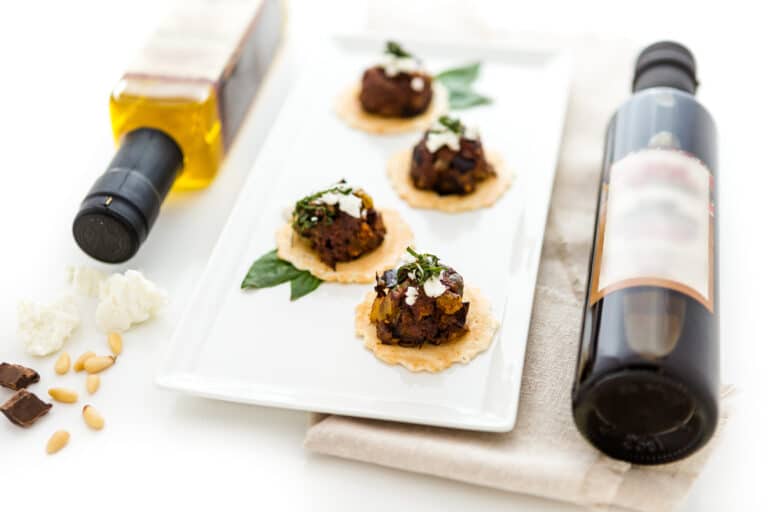Discover the 15 Foods Linked to a Longer, Healthier Life
People enjoy remarkable longevity across five locations globally, known as the Blue Zones. Alongside exercise, purpose, and community, diet plays a significant role in their extended lives. These places, including Okinawa (Japan) and Loma Linda (California), have 15 staple foods linked to extreme longevity.
1. Nuts: A Common Denominator in Blue Zone Diets
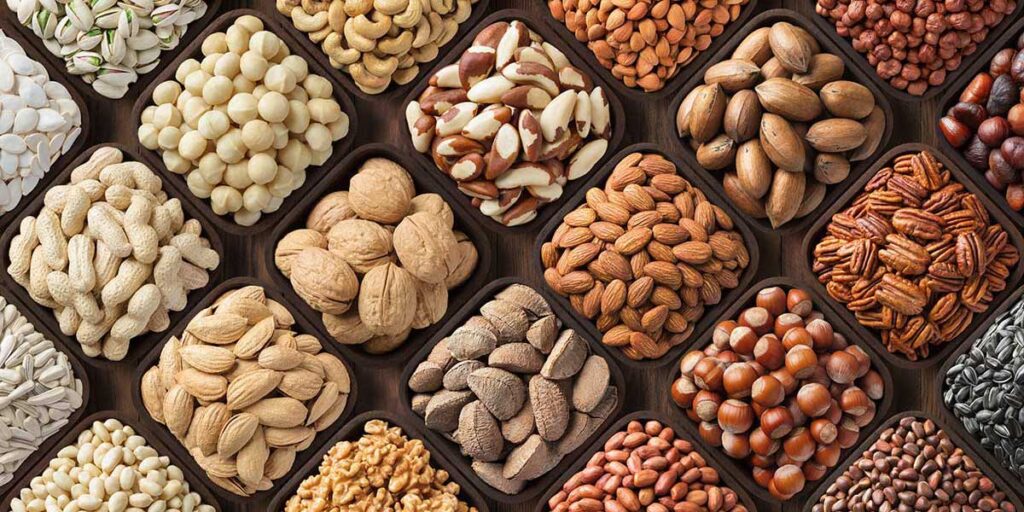
People enjoy remarkable longevity across five locations globally, known as the Blue Zones. Alongside exercise, purpose, and community, diet plays a significant role in their extended lives. These 5 places, includingIkaria, (Greece), Okinawa (Japan) Ogliastra Region, (Sardinia), Nicoya Peninsula, (Costa Rica) and Loma Linda (California), have 7 staple foods that have been linked to extreme longevity.
2. Legumes Across Blue Zones: A Recipe for Longevity
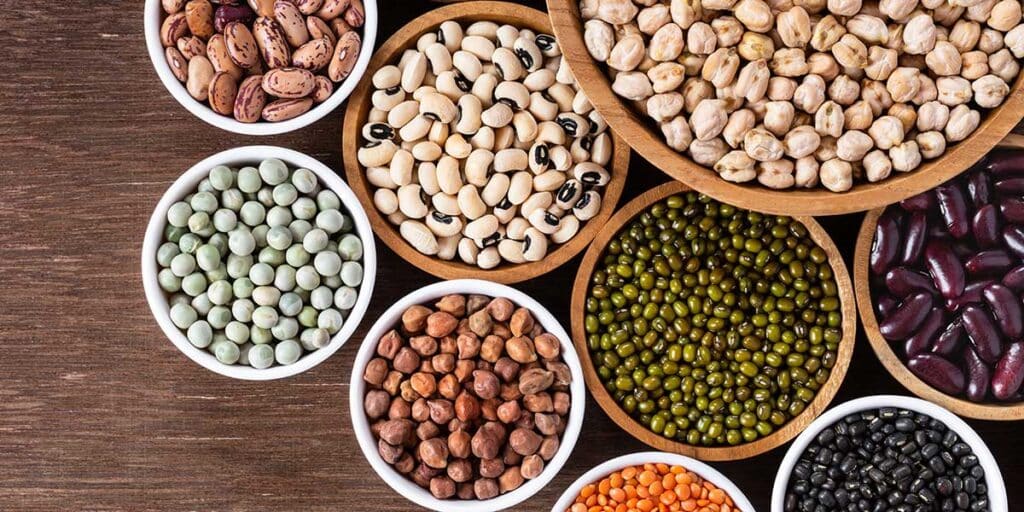
In three of the five Blue Zones, Beans, Lentils, and Chickpeas – Nicoya (Costa Rica), Okinawa (Japan), and Ikaria (Greece) – beans have been a dietary cornerstone. Rich in protein, fiber, and carbohydrates, they’re particularly noteworthy. Ikaria’s native black-eyed peas, mainly, are celebrated for their anti-cancer, heart-healthy, and anti-diabetic properties. The Blue Zones diet suggests including half a cup of beans daily.
3. Leafy Greens in the Blue Zone Lifestyle
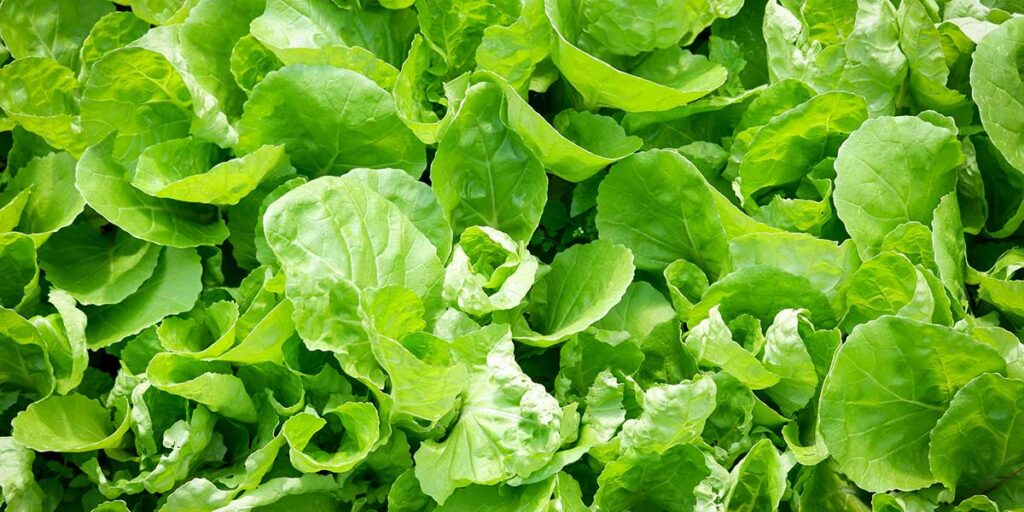
People in Blue Zone countries, like Ikaria (Greece), embrace an abundance of dark leafy greens due to their fertile soil, offering a variety of 75 leafy greens. These nutrient-rich, low-calorie greens are a staple in the Blue Zone diet. To make daily salads exciting, layer textures by adding crunchy nuts, shredded carrots, beans, or crispy tofu. This keeps you full and healthy.
4. Beyond Milk: Dairy Alternatives in the Blue Zones

Milk from cows is not a primary feature of Blue Zones diets, with Adventists being the exception. Instead, most Blue Zone inhabitants favor dairy alternatives. They regularly consume calcium-rich foods such as tofu and leafy greens, showcasing the adaptability of these dietary traditions.
5. Whole Grains for a Healthy Life in Blue Zones
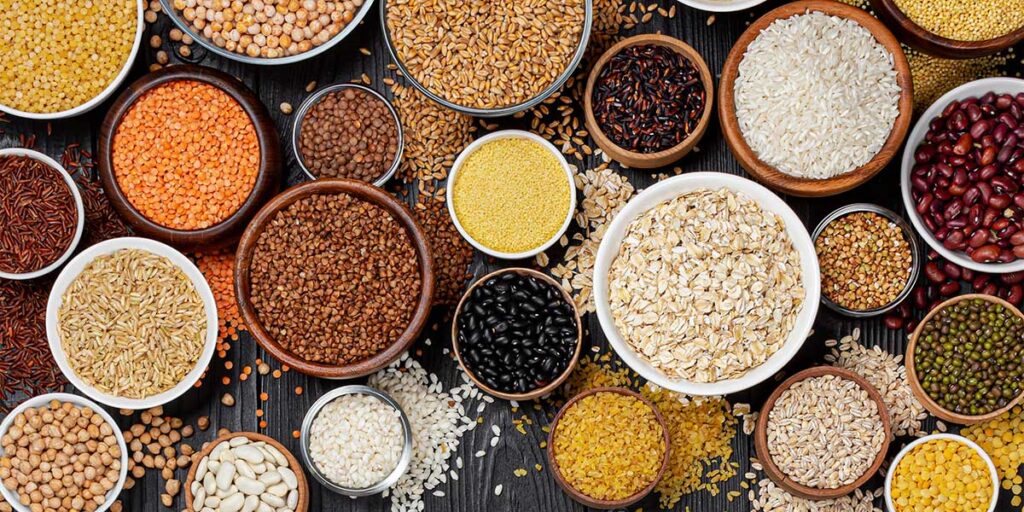
Whole grains, distinct from refined grains, play a significant role in the diets of Blue Zone communities. Emphasizing whole grains over refined ones doesn’t lead to weight gain. These regions consistently incorporate whole grains, promoting lower cholesterol, stable blood sugar, and reduced disease risks.
6. Avocado: The Heart-Healthy Gem of Blue Zones
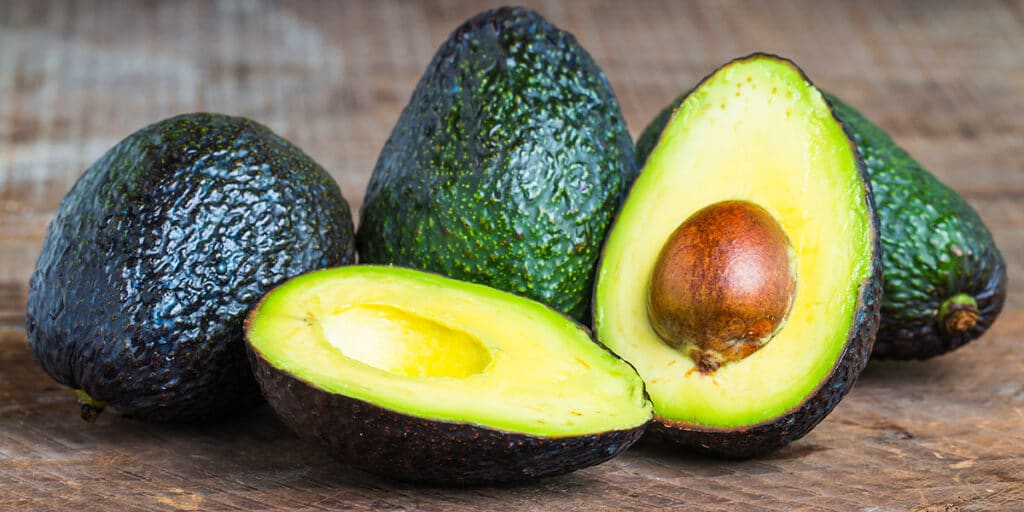
In Loma Linda, California, one of the Blue Zone regions, avocados are dietary staples. Studies reveal that regular avocado consumption can reduce oxidized LDL cholesterol and lower the risk of cardiovascular diseases, obesity, and type II diabetes. Enjoy avocados in various delicious ways, such as smashed onto toast, in salads, smoothies, and grain bowls.
7. Water: The Unsung Hero of Blue Zone Diets

While it may seem unexpected, water is vital to Blue Zone diets. Staying well-hydrated is essential for maintaining good health. Blue Zone residents prioritize water as their beverage, avoiding sugary drinks like soda and fruit juices. Adults require a minimum of seven glasses of water daily to promote hydration and overall well-being.
8. Fruits: Berries, Citrus Fruits, Apples

It is mainly consumed in regions like Ikaria, where fresh, local berries are part of the diet. Other antioxidant-rich fruits like the goya (bitter melon) are prevalent in Okinawa. Berries, a common theme in Blue Zones diets, contain antioxidants and nutrients. They are believed to contribute to heart health and longevity. Incorporate a variety of berries like blueberries, strawberries, and blackberries into your meals and snacks.
9. Fatty Fish
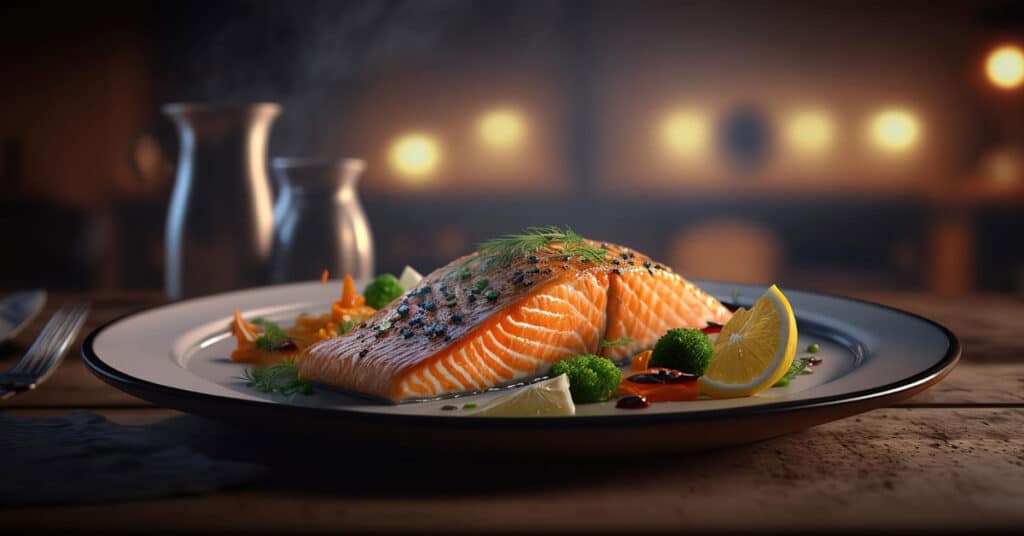
Sardinia, an island, has a fish-rich diet, which contributes to heart health. Similarly, fish is also a staple in the traditional Okinawan diet. Fatty fish, a vital component of Blue Zones eating patterns, offers abundant omega-3 fatty acids. These healthy fats support heart health and reduce the risk of chronic diseases. Enjoy fish like salmon, mackerel, and sardines for a longer, healthier life. Running short on time? Learn how to cook salmon in a toaster oven.
10. Olive Oil: The Mediterranean Secret
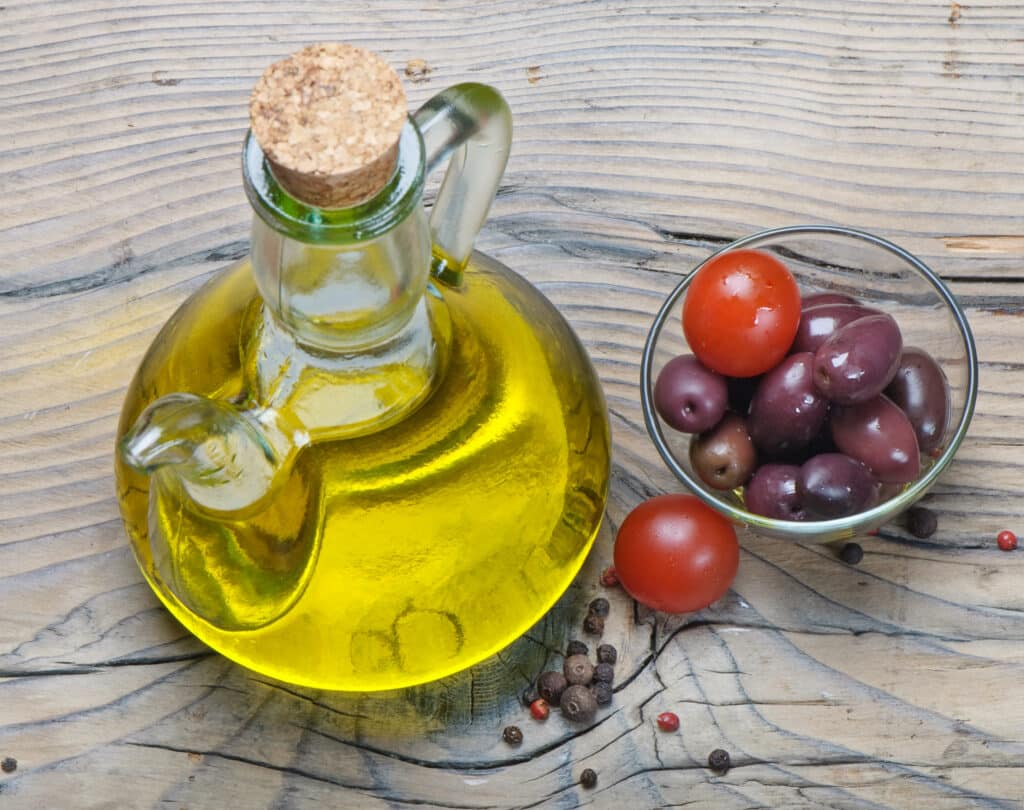
In the Mediterranean Blue Zones like Ikaria and Sardinia, olive oil is a dietary cornerstone. It is rich in monounsaturated fats and antioxidants, believed to contribute to heart health and reduce the risk of chronic diseases. Use extra virgin olive oil as a primary source of healthy fats in your cooking and salads.
11. Herbs and Spices: Flavorful and Healthful
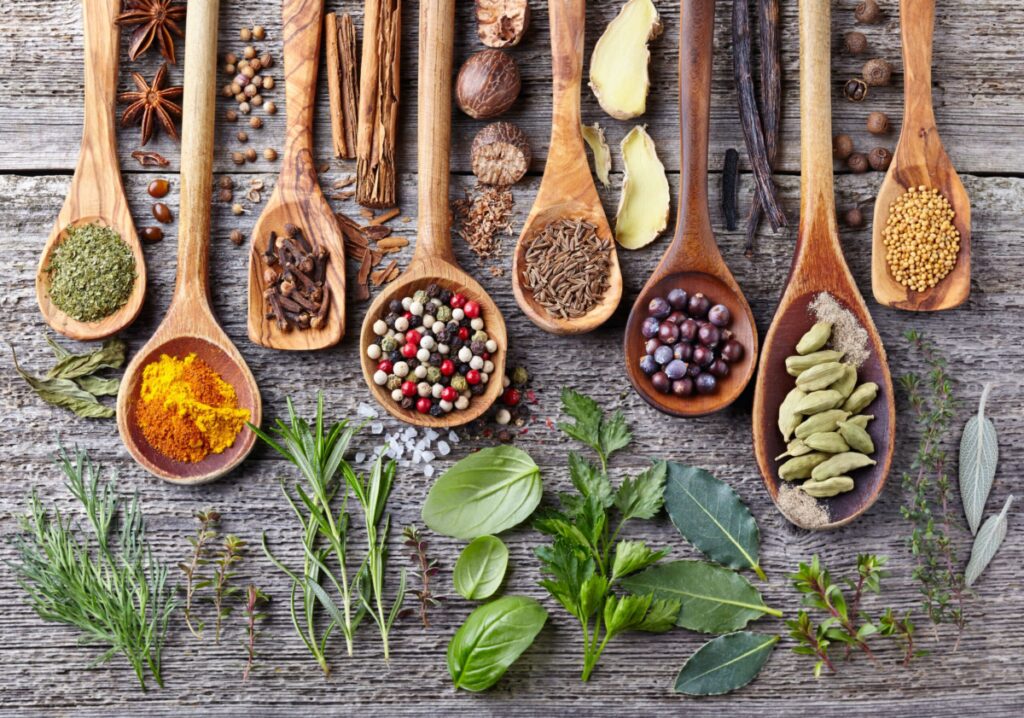
Herbs and spices are frequently used in Blue Zone cooking, not only for flavor but also for their potential health benefits. Herbs like rosemary, oregano, and thyme are common in Mediterranean Blue Zones, offering antioxidants and flavor without excessive salt. Incorporating a variety of herbs and spices in your meals can enhance taste and health.
12. Sweet Potatoes: A Nutrient-Rich Staple
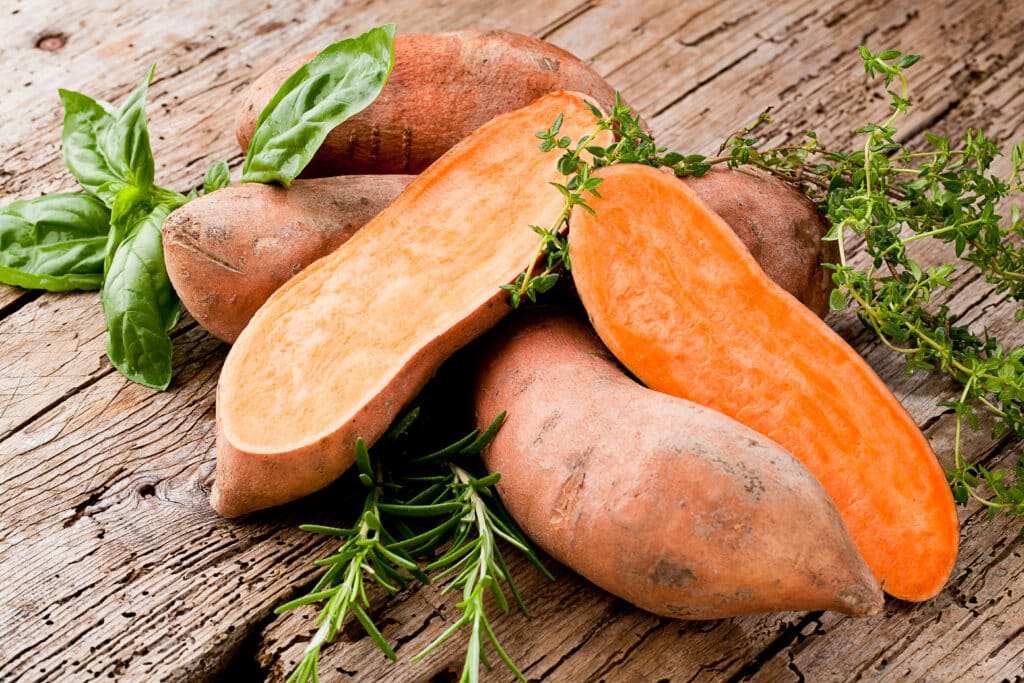
In Okinawa, sweet potatoes are a dietary staple often credited for the region’s longevity. They are rich in vitamins, minerals, and fiber, making them a nutritious carbohydrate source. Replacing regular potatoes with sweet potatoes can provide added health benefits.
13. Herbal Tea: A Daily Ritual

In several Blue Zones, herbal teas are a common daily beverage choice. Herbal teas, such as green tea in Okinawa and wild oregano tea in Ikaria, are known for their antioxidant properties and potential health benefits. Incorporate herbal teas into your daily routine for a soothing and healthy beverage.
14. Fermented Foods: Gut Health Boosters
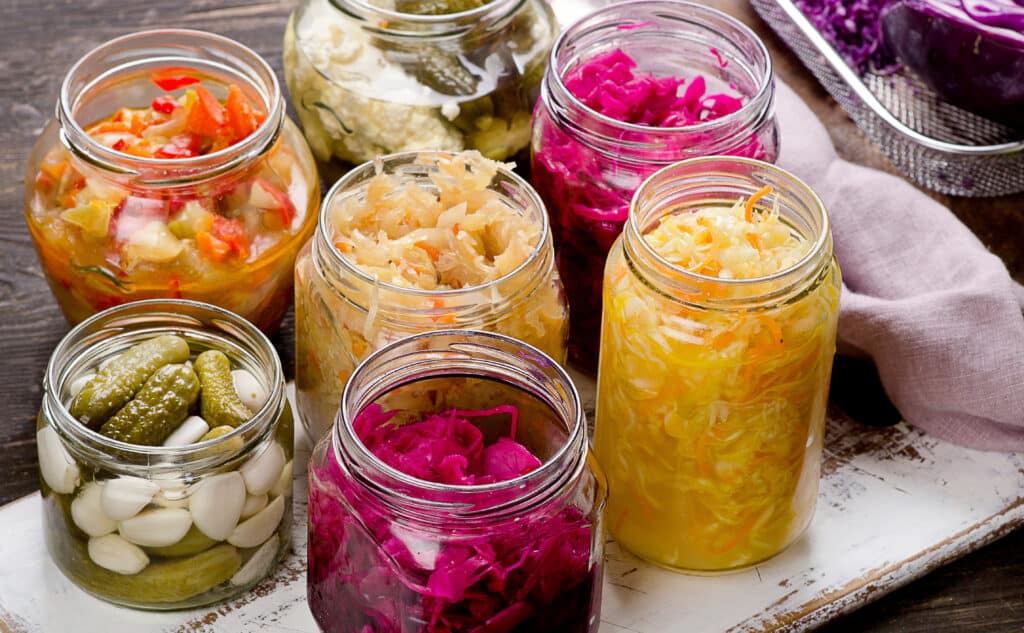
Fermented foods like yogurt and kefir are part of the Blue Zone diet, especially in places like Ikaria and Nicoya. These foods are rich in probiotics, which support gut health and overall well-being. Including fermented foods in your diet can promote a healthy digestive system. Find out more about pickles – Do Pickles Go Bad? How to Store Pickles Properly.
15. Portion Control: Mindful Eating
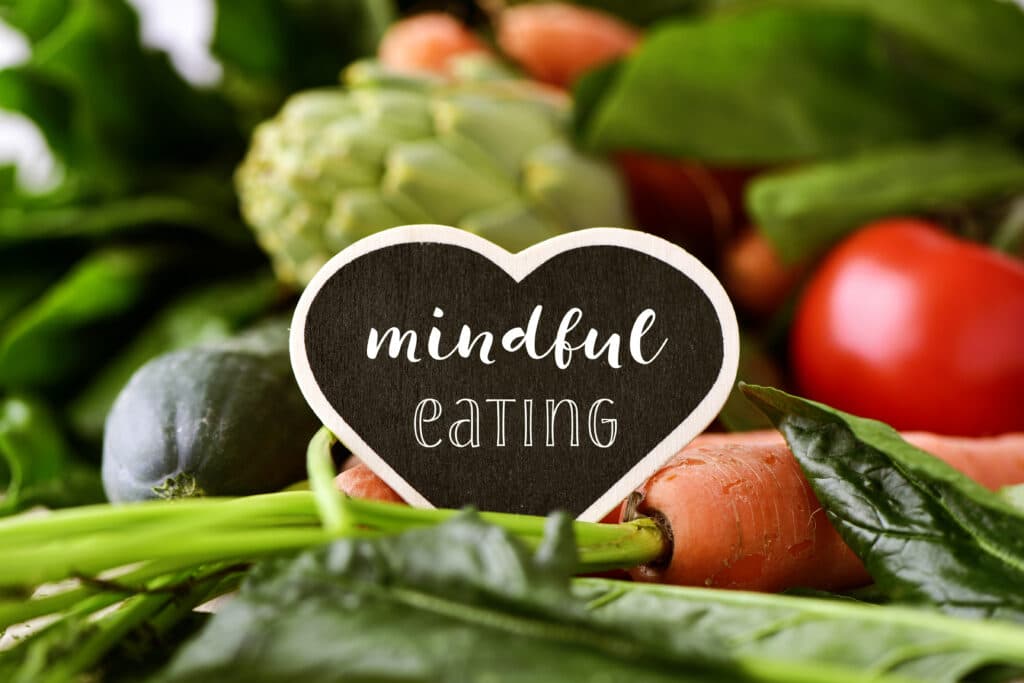
One common practice in Blue Zones is practicing portion control and mindful eating. People in these regions often eat until they are 80% full, which may help prevent overeating and promote a healthy weight. Adopting this cautious eating approach can contribute to a longer and healthier life. Healthy people are happier people – find out How To Be Happy: 9 Simple Ways To Be Happier Everyday!


